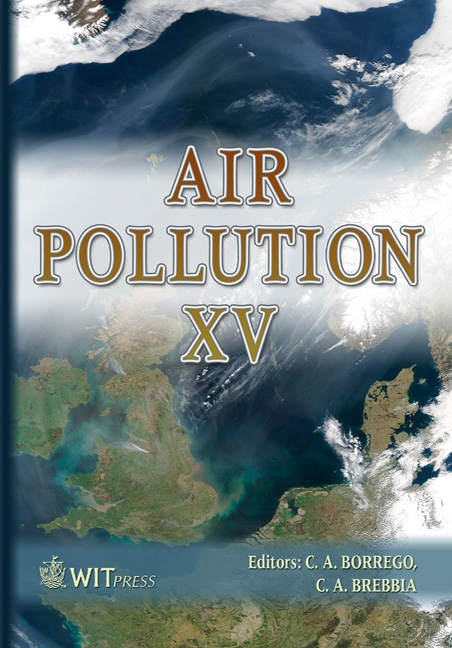A Method For The Characterisation Of Ambient Dust: Geochemical Analyses Of Directional Sticky Pad Dust Samples
Price
Free (open access)
Transaction
Volume
101
Pages
16
Published
2007
Size
647 kb
Paper DOI
10.2495/AIR070411
Copyright
WIT Press
Author(s)
H. Datson & M. Fowler
Abstract
DustScan is a method of sampling ambient dust. It was developed at the University of Leeds as a low-cost technique for directional nuisance dust monitoring. It is a passive system that uses self-adhesive ‘sticky pad’ collection slides mounted on cylinders to collect dust in flux at quarries, waste facilities, etc. After typically 1–2 weeks the sticky pads are sealed with a transparent film then scanned on a flatbed scanner linked to a computer. Directional dust levels are quantified using specific software as Absolute Area Coverage (presence of dust irrespective of colour, AAC%) and Effective Area Coverage (darkness of dust, EAC%). National Air Quality Standards (NAQS) require particular elements in air (e.g. Pb) to be assessed. Concentrations are usually determined using active monitoring equipment where dust, typically at a size convention (e.g. PM10), is drawn onto a filter. Such methods may be non-directional and require a power supply. This paper describes the development of methods to characterise DustScan samples using ICP-OES and ICPMS, including determination of indicative elemental mass concentrations in air. Dust is not readily removed from the sticky pads and its mass is low in relation to the substrate. Sample preparation is based on ‘total’ digestion of the dust in using HF and HNO3. Rigorous blank correction is important as some elements are at significant and variable concentrations in the sticky pads themselves. The analytical method has been refined to determine the mass of the mineral residue of the sample after ignition at 550°C. From this, plus duration of sampling and average wind speed, it is possible to estimate average concentrations of specific elements in ambient air by direction. Keywords: ambient and directional dust, dust monitoring and characterisation, sticky pad, landfill.
Keywords
ambient and directional dust, dust monitoring and characterisation, sticky pad, landfill.





